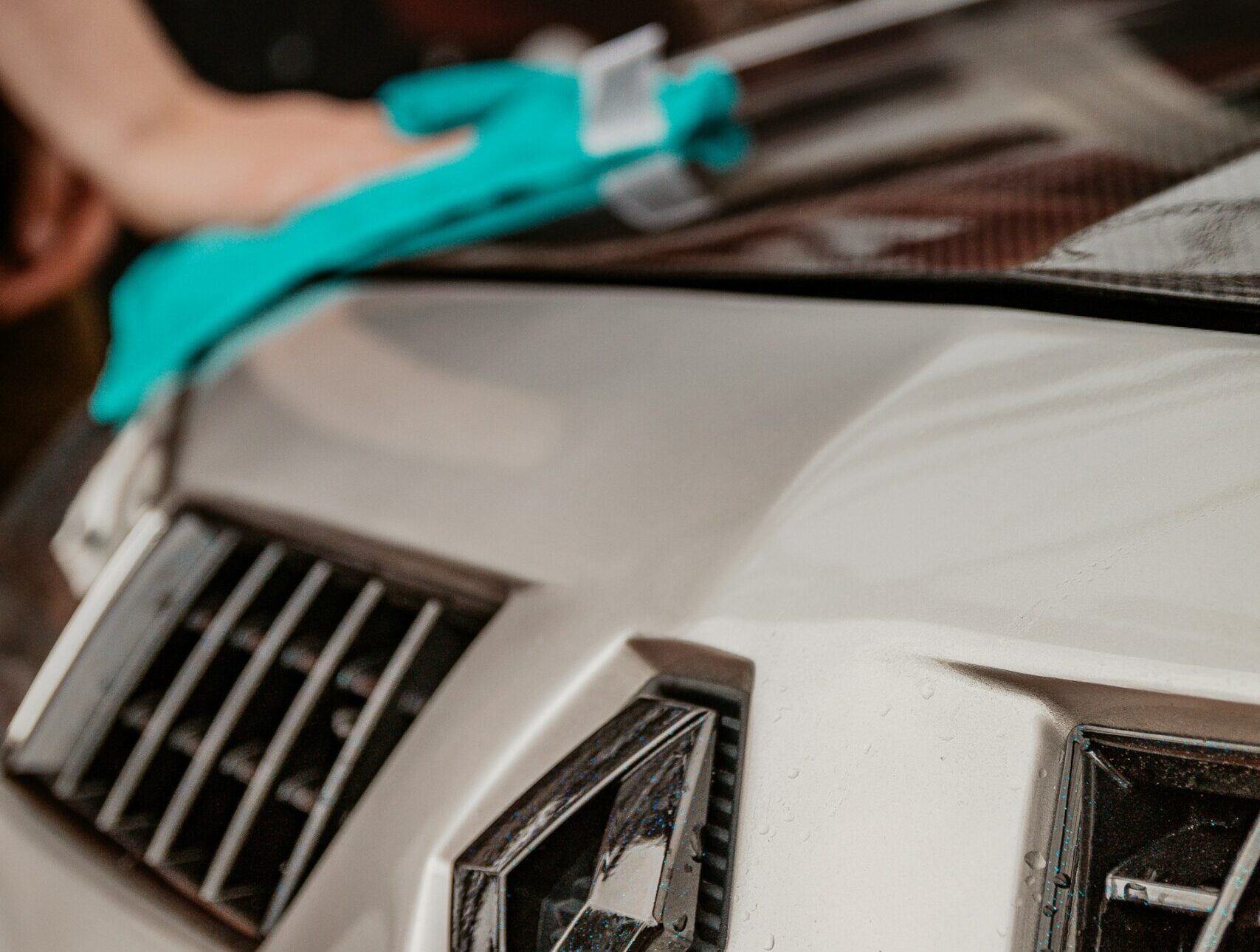Head-on crashes are among the most devastating types of accidents, often resulting in severe injuries or fatalities. Recent data shows that these collisions account for a significant percentage of roadway deaths, highlighting critical gaps in traffic safety. Whether caused by distracted driving, impaired motorists, or poor road design, head-on crashes reveal weaknesses in driver behavior and infrastructure.
Understanding these incidents helps identify areas for improvement, from stricter enforcement of traffic laws to enhanced road design and vehicle safety features. By analyzing the causes and consequences of head-on collisions, we can work toward reducing their frequency and making roads safer for all.
Common Causes of Head-On Crashes
Head-on crashes are among the most severe types of traffic accidents, often leading to devastating consequences. Several key factors contribute to these collisions, making it crucial to address their root causes.
- Distracted Driving – Using mobile phones, adjusting in-car settings, eating, or engaging in other distractions can cause drivers to drift into oncoming traffic. Even a momentary lapse in attention can result in a catastrophic collision.
- Driving Under the Influence – Alcohol and drugs impair judgment, slow reaction times, and reduce coordination. Intoxicated drivers are more likely to swerve into opposing lanes, increasing the likelihood of a head-on crash.
- Speeding and Reckless Overtaking – High speeds reduce a driver’s ability to react to sudden changes. Attempting to pass another vehicle on a two-lane road without sufficient visibility can lead to fatal crashes.
- Driver Fatigue – Drowsy driving affects concentration and alertness. Fatigued drivers may unknowingly drift into opposing lanes, causing serious accidents.
- Poor Road Conditions – Faded lane markings, potholes, and inadequate lighting can make it difficult for drivers to maintain proper lane control, increasing the chances of an unintended lane departure.
- Weather-Related Hazards – Rain, fog, and ice reduce visibility and road traction, making it harder for drivers to stay in their lanes.
By understanding these causes and implementing preventive measures such as stricter enforcement, public awareness campaigns, and road improvements, we can work toward reducing the number of head-on collisions and enhancing overall road safety.
Impact on Drivers and Passengers
Head-on crashes often result in catastrophic injuries due to the force of impact, especially at high speeds. Victims commonly suffer traumatic brain injuries, spinal cord damage, broken bones, and internal organ injuries. These injuries may require extensive medical treatment, surgeries, and long-term rehabilitation.
In many cases, survivors face permanent disabilities that affect their quality of life, preventing them from returning to work or performing daily activities independently. The financial burden of medical expenses, lost wages, and ongoing care can be overwhelming for both victims and their families.
Beyond physical harm, the emotional and psychological effects of head-on crashes can be long-lasting. Survivors may experience post-traumatic stress disorder (PTSD), anxiety, and depression, often requiring therapy and mental health support.
Families dealing with the loss of a loved one or caring for an injured relative also face emotional and financial stress. The devastating impact of these crashes highlights the urgent need for improved road safety measures.
Road Design and Safety Measures
Proper road design plays a crucial role in preventing head-on crashes by guiding drivers and minimizing the risk of lane departures. Several safety measures can help reduce these collisions:
- Divided Highways – Roads with physical medians or barriers help prevent vehicles from crossing into oncoming traffic, significantly reducing head-on crashes.
- Median Barriers and Rumble Strips – Installing concrete or cable barriers and rumble strips alerts drivers when they drift out of their lane, preventing accidental lane departures.
- Improved Road Signage and Lighting – Clear lane markings, reflective signs, and well-lit roads enhance visibility, especially in low-light or hazardous conditions.
- Roundabouts and Traffic Calming Measures – Replacing traditional intersections with roundabouts reduces high-speed collisions, while speed bumps and narrower lanes encourage slower, more controlled driving.
- Regular Road Maintenance – Keeping roads in good condition by fixing potholes, repainting faded lane markings, and ensuring proper drainage minimizes hazards that can cause drivers to lose control.
Driver Education and Legal Implications
Improving driver education and enforcing stricter traffic laws are crucial in preventing head-on crashes. Defensive driving courses teach motorists how to anticipate and respond to potential hazards, reducing risky behaviors such as distracted driving and reckless overtaking. Public awareness campaigns also emphasize the dangers of impaired and fatigued driving, encouraging responsible behavior on the road.
Stronger legal measures help deter dangerous driving practices. Stricter penalties for speeding, DUI offenses, and illegal passing can reduce the likelihood of head-on collisions. Advanced vehicle technologies, such as lane departure warnings and automatic emergency braking, further enhance safety by assisting drivers in avoiding mistakes.
Holding negligent drivers accountable through fines, license suspensions, and criminal charges reinforces the importance of responsible driving. Combining education, enforcement, and technology is essential in reducing head-on crashes and improving overall road safety.
Conclusion
Head-on crashes expose critical flaws in road safety, from driver behavior to infrastructure design. These collisions often result in severe injuries or fatalities, emphasizing the need for preventative measures. Addressing common causes, such as distracted driving and poor road conditions, requires a combination of enforcement, public awareness, and advanced vehicle technologies.
Road improvements like median barriers, rumble strips, and better lighting can significantly reduce the risk of such accidents. Additionally, stricter traffic laws and driver education programs play a vital role in promoting safer driving habits. By implementing these changes, we can work toward reducing head-on collisions and creating safer roads for all.







